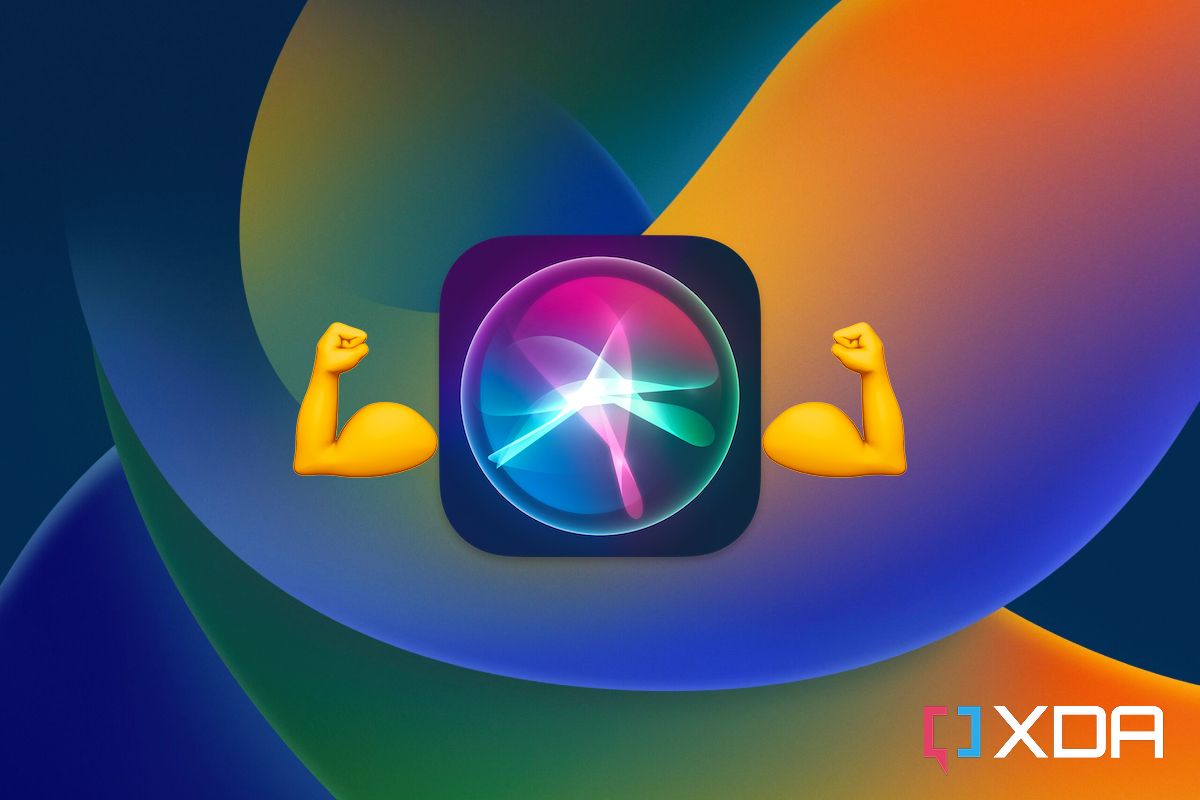Apple sometimes intentionally resorts to software exclusivities to make its devices more appealing. After all, many users feel pressured to upgrade to get their hands on the latest and greatest features. For example, prior to iOS 16, the Fitness app and its social features were exclusive to Apple Watch users. Those who wanted to compete with their friends through this app had to buy the company's wearable. The Cupertino overlord revised its decision in iOS 16 and made Fitness available for all iPhone users. Though, this major update to the iPhone doesn't only fix that. On previous versions, having Siri announce notifications required compatible Beats or AirPods models. iOS 16 and iPadOS 16 change that.
If you're an AirPods user, you're probably aware of the Announce Notifications feature. For the unfamiliar, when you turn it on, Siri reads your incoming notifications through the AirPods or compatible headphones you're wearing. Despite Apple's ability to make it available on all earbud models, it chooses not to. iOS 16 now tweaks this offering -- making it accessible to more users.
Siri can now announce notifications on speaker
In the Accessibility settings, iOS 16 introduces a new Announce Notifications on Speaker toggle. When you enable it, your iPhone reads incoming notifications aloud -- assuming it's not silenced. This feature is handy for those who often have their hands full. Instead of interacting with their phones when a notification comes in, Siri can just read them the incoming messages.
Of course, if you often receive notifications that include embarrassing or confidential text, you might want to refrain from enabling this feature. In AirPods' case, the buds are in your ears -- so only you hear the announcements, privately. This new addition can put users in awkward or unwanted situations, if Siri reads a certain notification aloud in public. Notably, though, you get to blacklist apps of your choice. So it's not an all-or-none implementation. Ultimately, it's great to see Apple bring even more options to iOS and make iPhone features even richer.
Do you plan on enabling this feature? Why or why not? Let us know in the comments section below.

